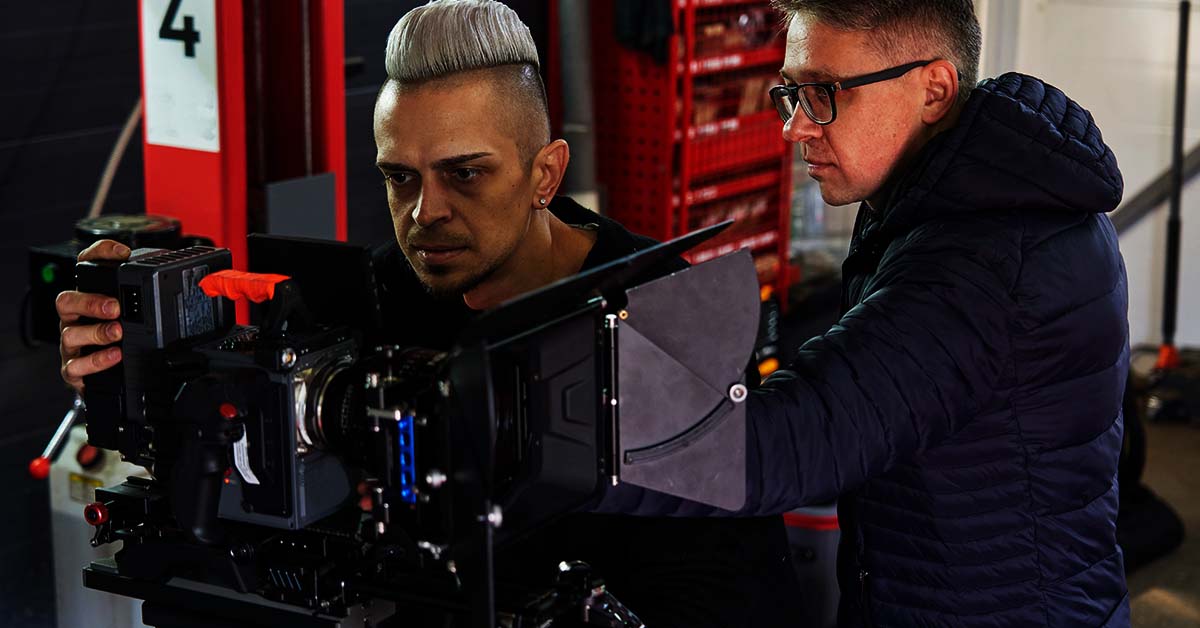Introduction
The world of content creation is constantly shifting. What works for a new YouTube channel might not be as effective as your audience grows, trends change, and platforms evolve. If you want to stay ahead, you need to adapt your content strategy over time—not just to survive but to thrive.
In this article, we’ll explore how to evolve your content plan as your channel expands, algorithms shift, and audience preferences change. Whether you’re a beginner or an established creator, these strategies will help you stay relevant and continue growing.
Evolving Your Content Plan Over Time
If you want to stay ahead, you need to adapt your content strategy over time—not just to survive but to thrive
Why Your Content Plan Needs to Evolve
1. Audience Growth and Changing Preferences
- As your audience grows, their expectations shift. What worked when you had 1,000 subscribers might not resonate when you have 100,000.
- New viewers may have different interests than your early supporters. You need to analyze feedback and engagement metrics to understand what’s working.
2. Algorithm Changes and Platform Updates
- YouTube’s algorithm frequently updates to prioritize different types of content.
- Features like YouTube Shorts, Community posts, and live streams can impact content strategy.
- Keeping up with algorithm changes ensures you’re maximizing reach and engagement.
3. Content Fatigue and Reinvention
- Posting the same type of content over and over can lead to burnout for you and boredom for your audience.
- Experimenting with new formats keeps things fresh and helps retain interest.
Signs It’s Time to Update Your Content Strategy
If you’re experiencing any of the following, it may be time to evolve your content plan:
- Drop in Engagement: Fewer likes, comments, or shares indicate content isn’t resonating.
- Subscriber Growth Stalls: A plateau in new subscribers signals a need for change.
- Algorithm Visibility Declines: If your content isn’t getting recommended, it may need optimization.
- You Feel Creatively Stuck: If making content feels like a chore, you might need a refresh.
Steps to Evolving Your Content Plan
Step 1: Re-Evaluate Your Niche and Goals
- Ask yourself: Is my current niche still working for me?
- Consider whether to double down on what’s working or expand into new topics.
- Set new goals: Do you want more engagement? Higher watch time? Increased revenue?
Step 2: Analyze Performance Metrics
- Use YouTube Analytics to see which videos get the most views, watch time, and engagement.
- Identify patterns: Do certain formats, lengths, or topics perform better?
- Pay attention to audience retention: Where do viewers drop off?
Step 3: Experiment with New Content Types
- Try long-form content if you’ve only done Shorts.
- Introduce live streams, Q&As, or interactive content.
- Explore collaborations to bring fresh perspectives.
Step 4: Adapt to New Trends Without Losing Authenticity
- Stay informed on trends, but ensure they align with your brand.
- Use trending keywords and hashtags without forcing irrelevant content.
- Experiment with remixing old content in new ways (e.g., turning a long-form video into multiple Shorts).
Step 5: Optimize Your Upload Schedule
- Posting too often can lead to burnout, while posting too little can make you irrelevant.
- Find a sustainable schedule based on audience engagement trends.
- Use YouTube Analytics to determine the best days/times to post.
The Role of Spotter Studio in Content Evolution
As your content evolves, having the right tools can make all the difference. Spotter Studio helps creators refine and optimize their content strategy by providing valuable insights and performance tracking.
With Spotter Studio, you can:
- Identify top-performing content to replicate success.
- Track audience engagement trends over time.
- Analyze revenue streams to align content with monetization strategies.
- Streamline content planning with detailed analytics.
By leveraging Spotter Studio, you can make data-driven decisions that keep your content fresh and your audience engaged.
Case Study: How MrBeast Evolves His Content Strategy
One of the best examples of content evolution is MrBeast. His content has transformed over the years, adapting to audience preferences and platform changes.
How He Evolved:
- Early Days: Focused on challenge videos and stunts.
- Growth Phase: Expanded into massive giveaways and social experiments.
- Now: Produces large-scale, TV-quality content while maintaining viral appeal.
Key Takeaways:
- He reinvents his content while keeping his core brand identity.
- He tracks audience engagement and adapts based on performance.
- He scales his ideas over time, making each new video bigger and better.
By studying creators like MrBeast, you can learn how to innovate while staying true to your brand.
Final Thoughts
Evolving your content plan isn’t just about chasing trends—it’s about adapting to audience needs, platform changes, and personal growth as a creator. The key is to stay flexible, experiment, and use data to guide your decisions.
By refining your strategy over time, you’ll build a sustainable, engaging, and profitable YouTube channel that continues to thrive in a constantly evolving digital landscape.
Now it’s your turn! What’s one change you’ve made to your content plan that worked well? Drop a comment and let’s discuss!







 Edit Your Footage
Edit Your Footage
Leave a Reply